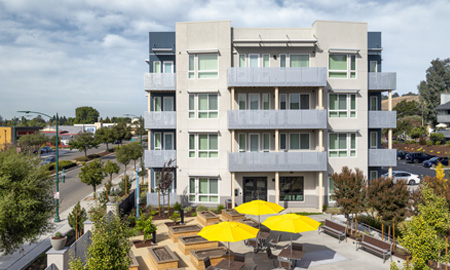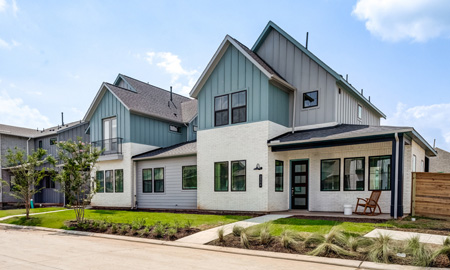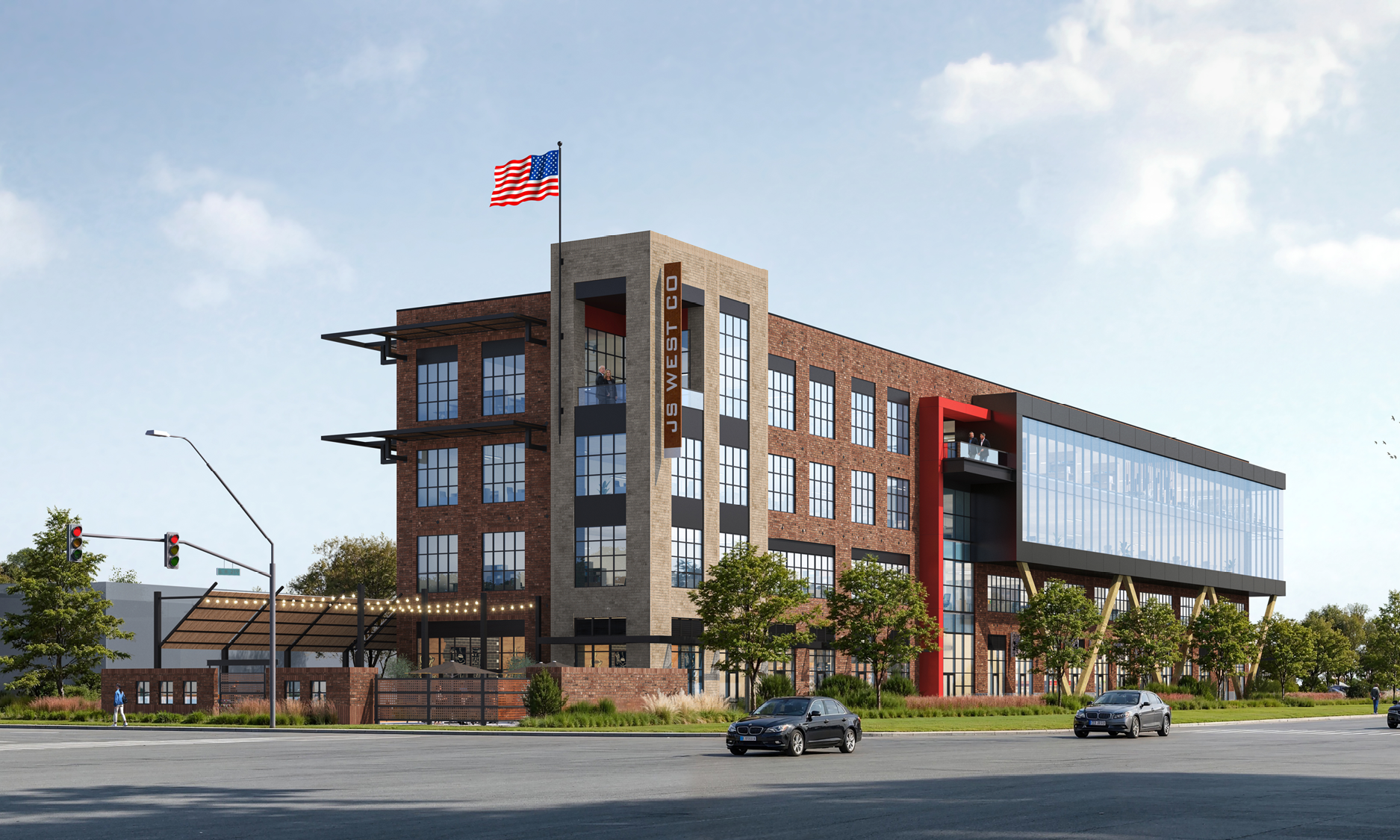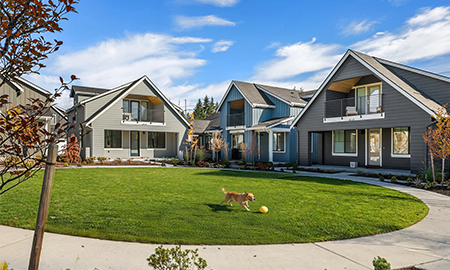Senate Bill 1953 (SB 1953) has been on the minds of health care organization administrators in California since it came into law in 1994. With the seismic activity in our state, the intent of the Bill is for structural design of hospitals to withstand major seismic events in order to preserve the life of patients and staff – and ultimately be able to remain in operation after a major event to serve the community. There have been several adjustments to required deadlines over the years, but the final target date remains set at January 1, 2030.
By now, critical decisions have been made by health care organizations providing acute care services in California, each have had to painstakingly evaluate options with millions to billions of dollars at stake. For organizations that do not yet have final plans in place to meet the 2030 deadline, it is not too late! With the amount of information that was required to meet past deadlines, the pieces are there; it may be time to compare new ideas with the options that have already been considered.
The first step is ensuring compliance with California Legislature AB 2190, Section 2, which includes that health care organizations providing acute care services in California not already in full compliance must submit a letter before January 1, 2020 stating recognition of the SB 1953 2030 deadline requirements. By doing this it acknowledges the possibility of facing hospital closure if found in non-compliance. The overarching question that may still need to be faced is: rebuild or retrofit?
The easier of the two complex options is to rebuild acute care spaces and the supporting central plant. Although upfront costs of ground-up construction can be steep, the outcome will result in a building that is sure to meet SB 1953 requirements with life to carry on services well beyond 2030. Since the Bill was enacted, the need for acute care spaces has lessened due to the continued trend of non-acute care services previously provided in a hospital environment shifting to de-centralized outpatient services. With that in mind, an option may be to strategically place new acute care spaces that allow for flexibility of subsequent construction in response to continually evolving health care delivery methods.
Structurally upgrading existing hospital buildings by retrofitting is a challenge to both document and implement, but still a valid option. Especially if real estate on campus is limited or if phasing is required to spread the cost of construction over time. Understanding how to work with multiple user groups for phasing is critical for these projects but can be done by keeping the goal of minimizing impact on hospital operations as a primary concern. It is also of vital importance to explore ways of creating functional and pleasing spaces within buildings designed around old codes.
Whatever option is best for the organization – rebuild, remove, replace or retrofit – it takes a team of architects, engineers and builders committed to providing thorough site investigations, quantifiable construction documents and solutions in a timely manner so that critical decisions can be made. With little time remaining prior to the 2030 deadline, it may be necessary to consider a design-build delivery method for even the structural and non-structural upgrades to the buildings that will remain as acute care.
With financial hardship still a concern, this is a call for private developers to consider contributing to communities by collaborating with health care organizations so that they will not have to face closure due to non-compliance for lack of sufficient capital – a noble cause that comes with risk worthy of reward. As healthcare architects, we are a team player for ground-up buildings or upgrades to existing buildings; as professionals and members of the community, we are experienced in working within existing operating hospitals and are here to do our part.







